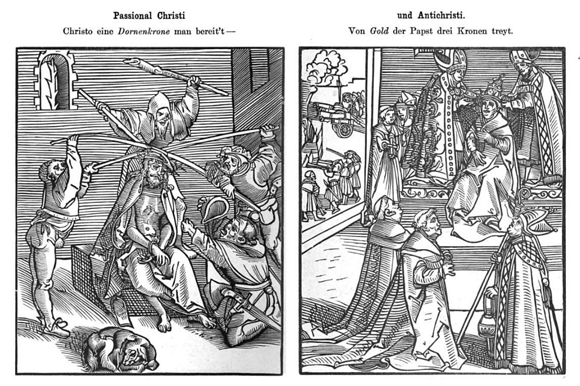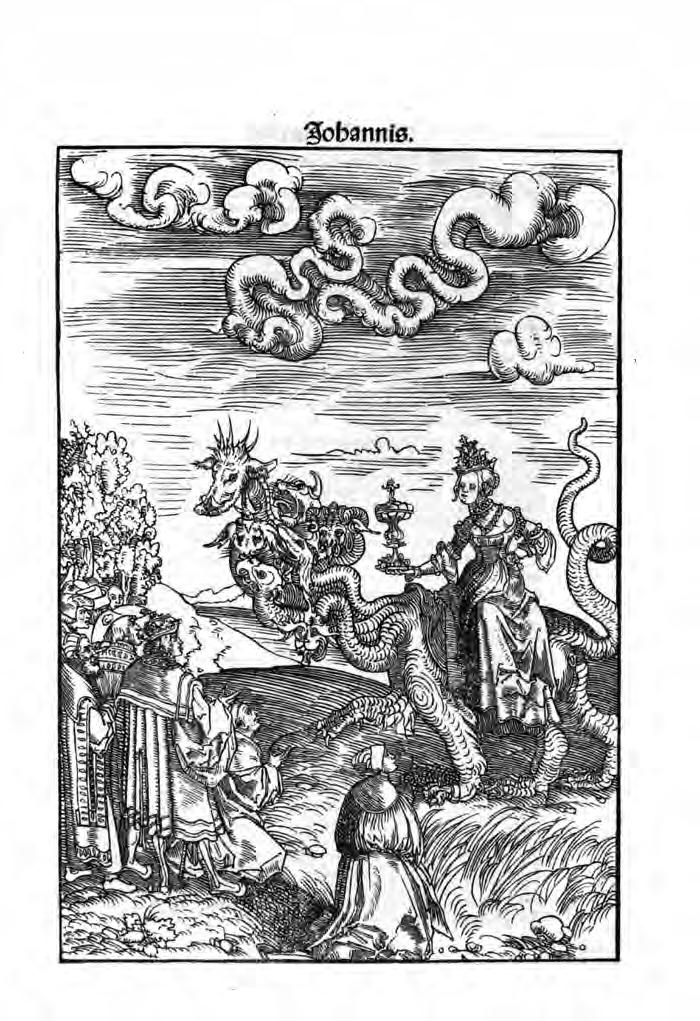From the rich history of the German Renaissance to the modern innovations of today, this double exhibition at Strawberry Hill House provides a rare opportunity to witness the evolution of this intricate art form that was much admired by Horace Walpole.
The Devil is in the Detail offers a rare opportunity to see the complete set of Albrecht Dürer’s Great Passion, one of the most important series of woodcuts in his career. Created during a 14-year period and published as a set in 1511, it illustrates the evolution of the artist’s style. It tracks his gradual mastery of the technique and the impact of the Italian Renaissance, which led him to create more clear compositions, highlighting symmetry and balance, as opposed to the busy aesthetic of the earlier gothic output.
The works on display will chart the meteoric rise of the woodcut technique in Europe. From its beginnings with the decorative illustrations to the 1493 Nuremberg Chronicle, through to Dürer’s identification and championing of it as a pursuit of pure artistry, and its eventual weaponization as a propaganda tool, where political attacks or revolutionary ideas would lurk in the details of the new imagery.
Holy Roman Emperor Maximilian I (1459-1519) commissioned woodcuts in glorification of the Habsburg dynasty, whilst father of the Reformation, Martin Luther (1483-1546) utilised the technique to disseminate the Protestant doctrine. Luther commissioned sets of illustrations from Lucas Cranach the Elder for both his anti-papist pamphlet
Christ is Flogged (1521)
|
The Passion of Christ and the Antichrist (1521) and for his German Bible translation; these images depicted the Pope as the Antichrist, demonic creatures wearing Vatican regalia, and
the Whore of Babylon sporting the papal crown.
Albrecht Dürer, The Harrowing of Hell – Christ in Limbo, The Large Passion, Germany, 1510. Courtesy of The Schroder Collection.


